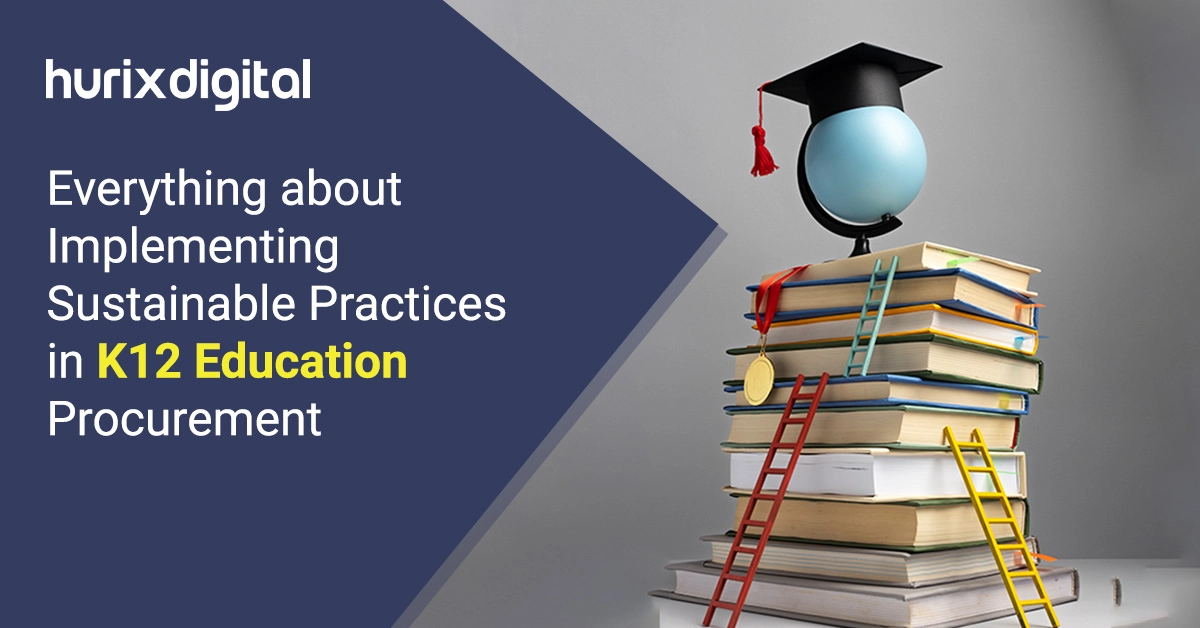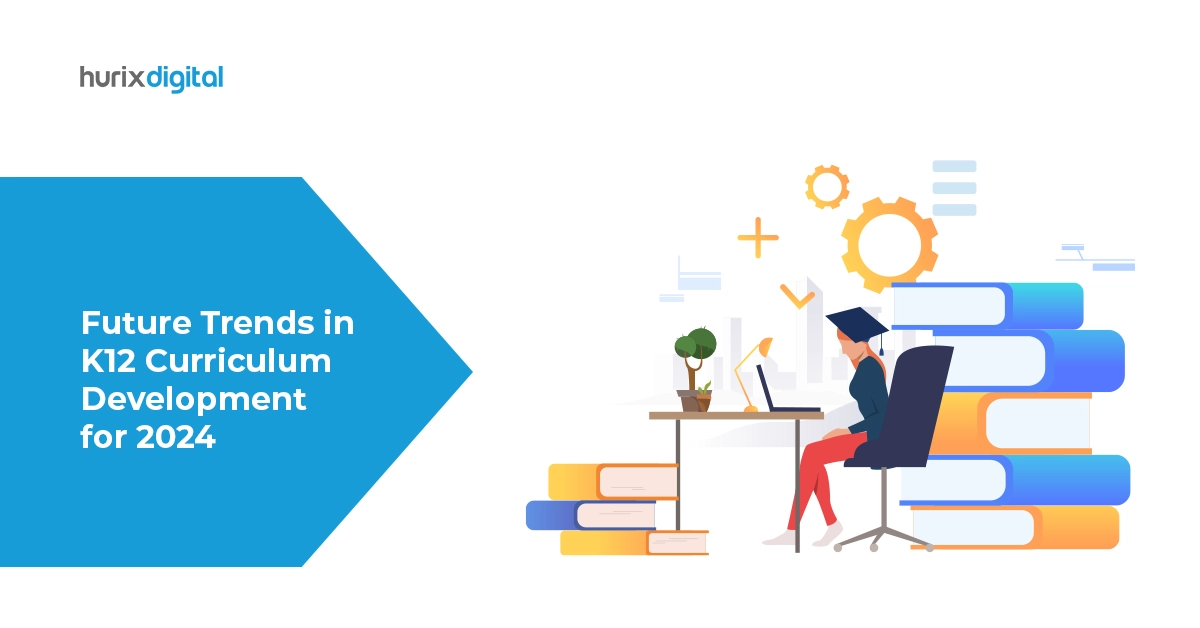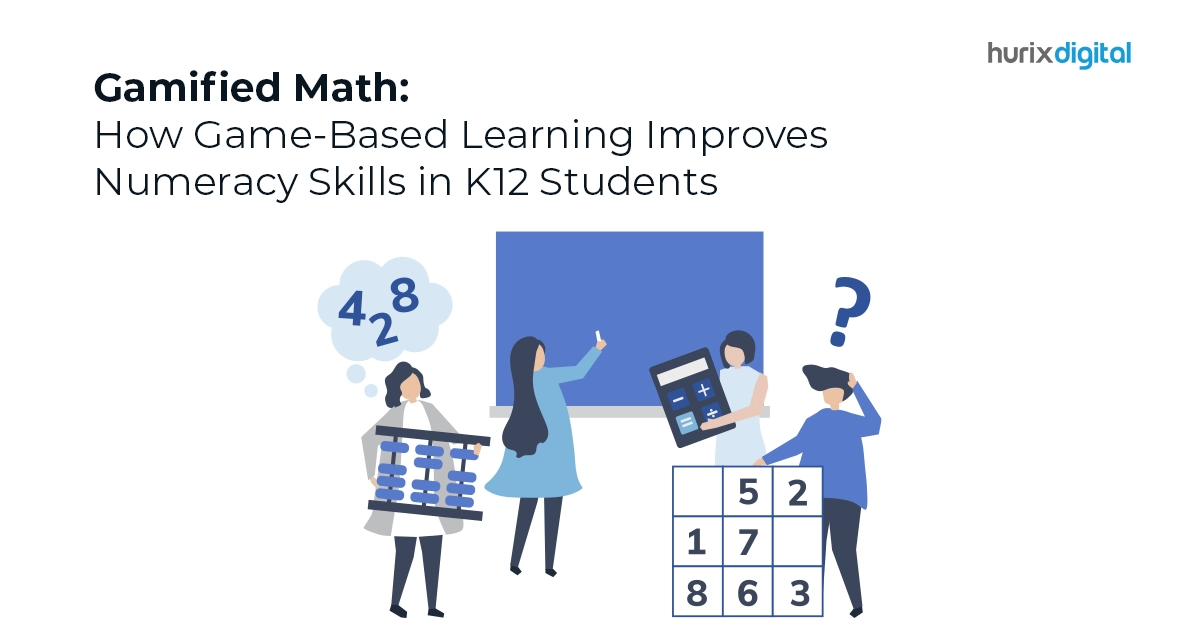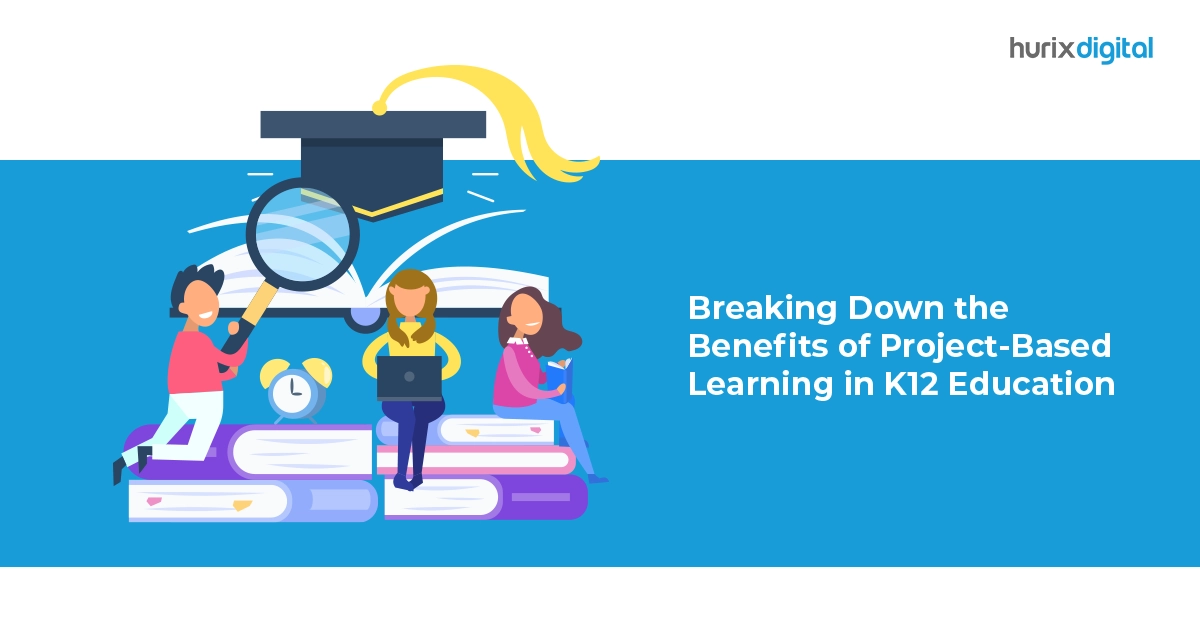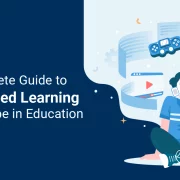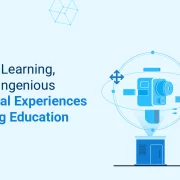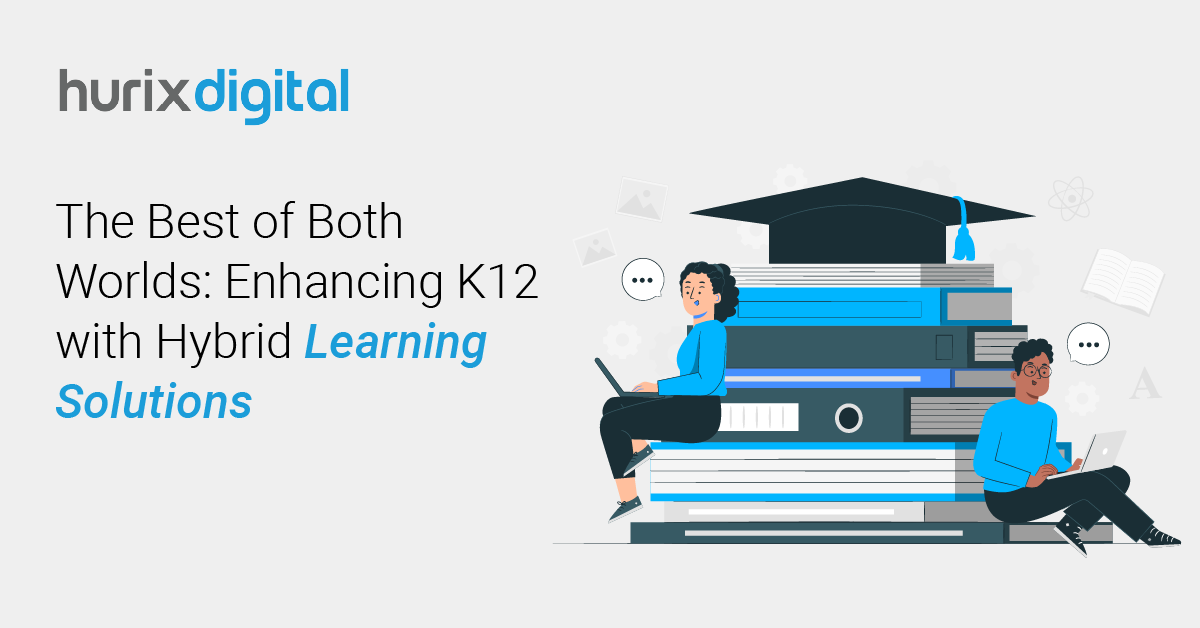
The Best of Both Worlds: Enhancing K12 with Hybrid Learning Solutions
Summary
Exploring K12 education’s swift evolution with digital tools, blending online/offline learning, curriculum strategies, and the future of personalized, immersive hybrid learning.
The K12 education sector has been evolving rapidly over the past many years, primarily because of massive advances in digital educational tools and changes in student needs and teacher expectations.
US news reported that more than 30% of K12 students engaged in classes through hybrid learning after the pandemic. This shows a significant shift in how education is delivered and received, highlighting the necessity of blending online and offline learning to meet modern educational demands.
In this blog, we’ll discuss hybrid learning, its benefits, challenges, and leading curriculum development strategies. Read on!
Table of Contents:
- Current Trends in K12 Education
- Challenges of Integrating Online and Offline Learning
- Strategies for Curriculum Development in Blended Learning Environments
- Case Study of The Flipped Classroom Model
- Future of Blended Learning in K12 Education
- Wrapping Up
Current Trends in K12 Education
The adoption of digital education tools and educational technology in K12 education has skyrocketed, particularly in the wake of the COVID-19 pandemic. Admissionsly states that 63% of high school students in the U.S. use eLearning tools daily. This is clear evidence that education depends so much on technology now.
The primary vital developments are:
- Enhanced Digital Platforms: Schools increasingly embed platforms that support a hybrid learning model, blending online and offline modalities.
- COVID-19 Impact: The pandemic accelerated the shift towards hybrid models, as schools had to adapt to remote learning environments almost overnight.
- For heads of online learning and education, focusing on the following areas will be crucial:
- Robust Curriculum Development: Crafting a curriculum that utilizes educational technology to enhance learning experiences.
- Adaptive Learning Strategies: Ensuring educational frameworks are flexible enough to switch between online and offline modes.
By prioritizing these aspects, educational leaders can better prepare schools and educators to meet the evolving needs of students in today’s digital age.
Also Read: Top 5 Ways to Make K12 Curriculum Engaging with Animation
Challenges of Integrating Online and Offline Learning
Integrating online and offline learning in K12 education brings together many technological and equitable access considerations. Addressing these challenges would be critical to the success of the hybrid model of education.
1. Technical Challenges and Solutions
- Infrastructure Needs: High-speed internet access and reliable digital devices. Solutions would involve investing in upgrading Wi-Fi throughout the school and providing a tablet or laptop for each student.
- Software Compatibility: Ensuring compatibility of all digital tools for learning between hardware devices can be challenging.
2. Addressing Disparities in Access to Technology
- Economic Disparities: A significant barrier is the economic disparity affecting students’ access to necessary technology. Research indicates that 4 out of 10 low-income New Yorkers were unable to complete their online coursework due to a lack of internet access or functional equipment. Initiatives such as technology subsidies can provide crucial support to students facing these challenges.
- Training and Support: Adequate training for students and parents on using online platforms is crucial. Regular workshops and support hotlines can enhance user competency and confidence in technology usage.
Strategies for Curriculum Development in Blended Learning Environments
In today’s evolving landscape of K12 education, higher authorities are facing the challenge of integrating traditional teaching methods with the dynamic opportunities offered by educational technology. The aim should be to establish a seamless blend that enriches student learning experiences while catering to diversified needs.
Here are some strategies you can follow to
1. Diverse Content Delivery
Integrate a variety of content delivery modes to cater to diverse learning preferences and enhance engagement. Incorporate multimedia elements such as videos, interactive simulations, virtual labs, and live discussions.
This approach not only accommodates different learning styles but also encourages active participation and a deeper understanding of the subject matter.
2. Feedback Mechanisms
Implement digital tools that offer instant feedback to students on their progress and understanding.
Real-time feedback allows educators to make timely adjustments to instructional strategies and content delivery, fostering a more responsive learning environment. By providing personalized feedback, students can track their learning journey and address areas needing improvement more effectively.
3. Continuous Professional Development
Provide ongoing and targeted professional development opportunities for educators. Training should focus on the latest digital tools, pedagogical strategies for blended learning, and effective online classroom management.
Institutions can ensure that educators are confident in integrating technology into their teaching practices by equipping them with updated skills and knowledge. Continuous professional development fosters a culture of innovation and adaptation, enhancing the overall quality of blended learning experiences.
4. Individualized Learning Paths
Tailoring learning experiences to the individual needs and abilities of students. Adaptive learning technologies can analyze student data to personalize learning paths, offering targeted resources and activities based on each student’s strengths and weaknesses.
This personalized approach promotes self-paced learning and supports differentiated instruction, ultimately improving student outcomes and engagement.
5. Collaborative Learning Opportunities
Facilitate collaborative learning experiences through online platforms and tools. Encourage peer-to-peer interaction, group projects, and virtual discussions to foster communication skills, teamwork, and critical thinking.
Collaborative learning not only enhances social interaction but also allows students to learn from each other’s perspectives and experiences, enriching their overall learning journey.
Case Study of The Flipped Classroom Model
SVHS AlwaysOnline™ Curriculum: The AlwaysOnline™ curriculum is a model of a flipped classroom. SVHS offers over 60 highly diversified online classes. This class format allows the student to learn the theory at home through the viewing of video-like courses and then practice it hands-on in the class with the teacher.
The key benefits of the model include personalized learning experiences for students since they work at their own pace from home.
In classrooms, teachers shift from lecturing to supporting interactive discussions and project-based learning. The digital dashboard allows for real-time monitoring of student progress to inform targeted academic support.
Impact on Education
Schools using the SVHS curriculum have observed improvements in student engagement and performance, as well as increased teacher satisfaction. These positive outcomes highlight the flipped classroom model’s ability to revolutionize traditional educational environments.
Future of Blended Learning in K12 Education
Hybrid models are expected to be more integrated and sophisticated in the future of blended learning in K–12 education.
Here are some predictions and strategies for educational institutions to remain adaptive and effective:
1. Increased Personalization
Education powered by improved Artificial Intelligence and learning analytics will be much more responsive to each student’s individual needs and learning styles. This approach will allow for tailored educational pathways that adjust in real-time and ensure optimal learning outcomes.
2. More Integration of VR and AR
Virtual and Augmented Reality will bring numerous experience-driven integrations into both online and offline experiences. These technologies will make learning more immersive, helping to simulate real-world scenarios that enhance students’ understanding and retention.
3. Robust Digital Support Systems
To meet the increased digital demands, IT support, and associated infrastructure will need to be robust and enhanced. Strengthening these resources will result in uninterrupted digital learning experiences and ensure seamless integration of online and offline educational activities.
Also Read: Holistic Learning: The Role of Extracurricular Activities in K12 Education
Wrapping Up
Blended learning strategies integrated into K–12 schooling have conclusively enhanced the system of education and maximized student outcomes.
By integrating the advantages of both online and offline learning, schools can offer more adaptable, engaging, and personalized educational experiences. As we have seen, schools that have embraced hybrid models report marked improvements in student engagement and academic performance.
On this note, Hurix Digital can support your institution in optimizing this mix of online and offline learning for the best educational outcomes. With our expertise and advanced solutions, we make sure you not only meet but exceed educational goals, providing a robust, flexible, and effective learning environment for all students.
Contact us and let us help you navigate and implement the future of K–12 education with confidence and success!

Senior Vice President – Business Development
Over 25 years of experience in the edtech and workforce learning industry with strong skills in Business Development, Customer Relationship Management (CRM) and Strategy.
